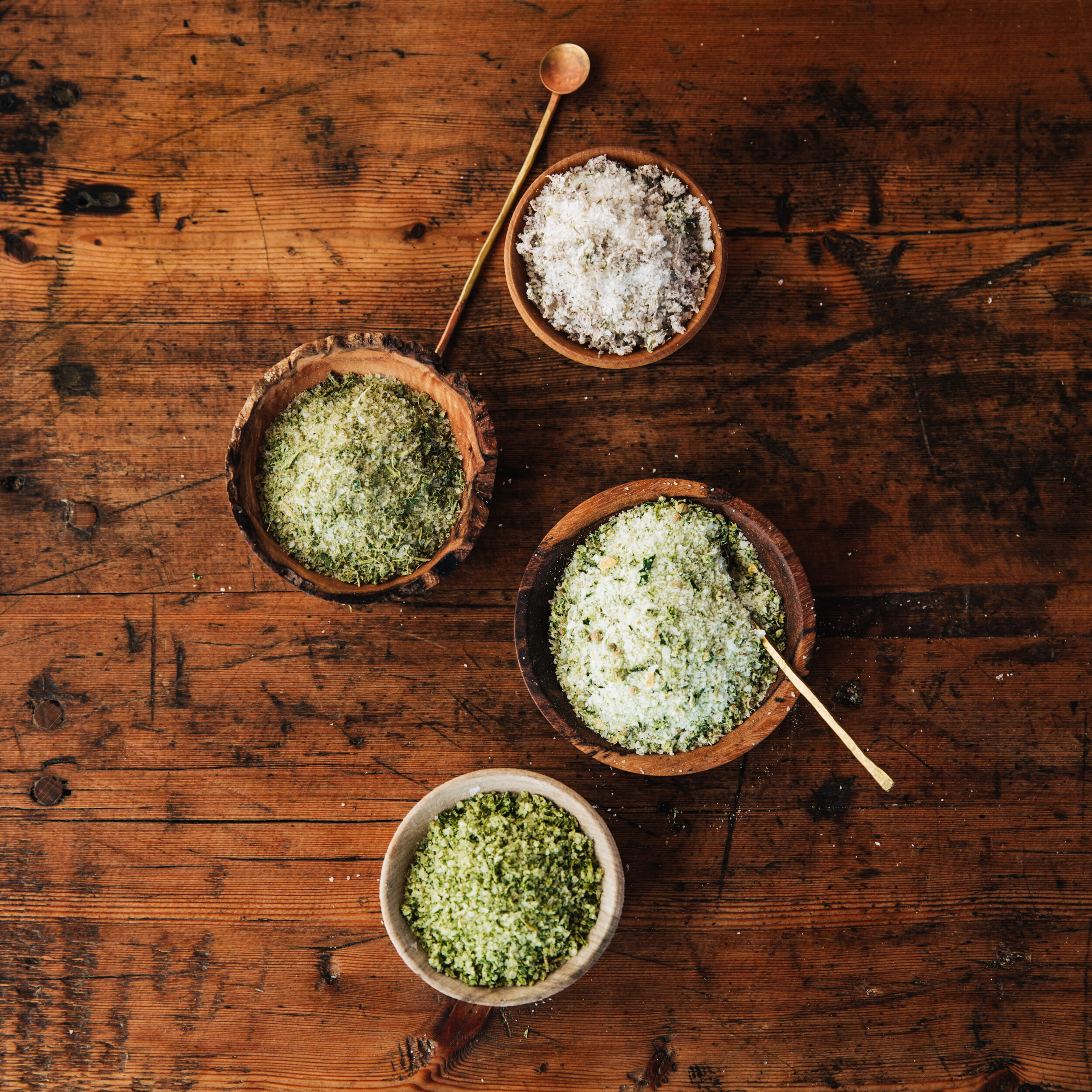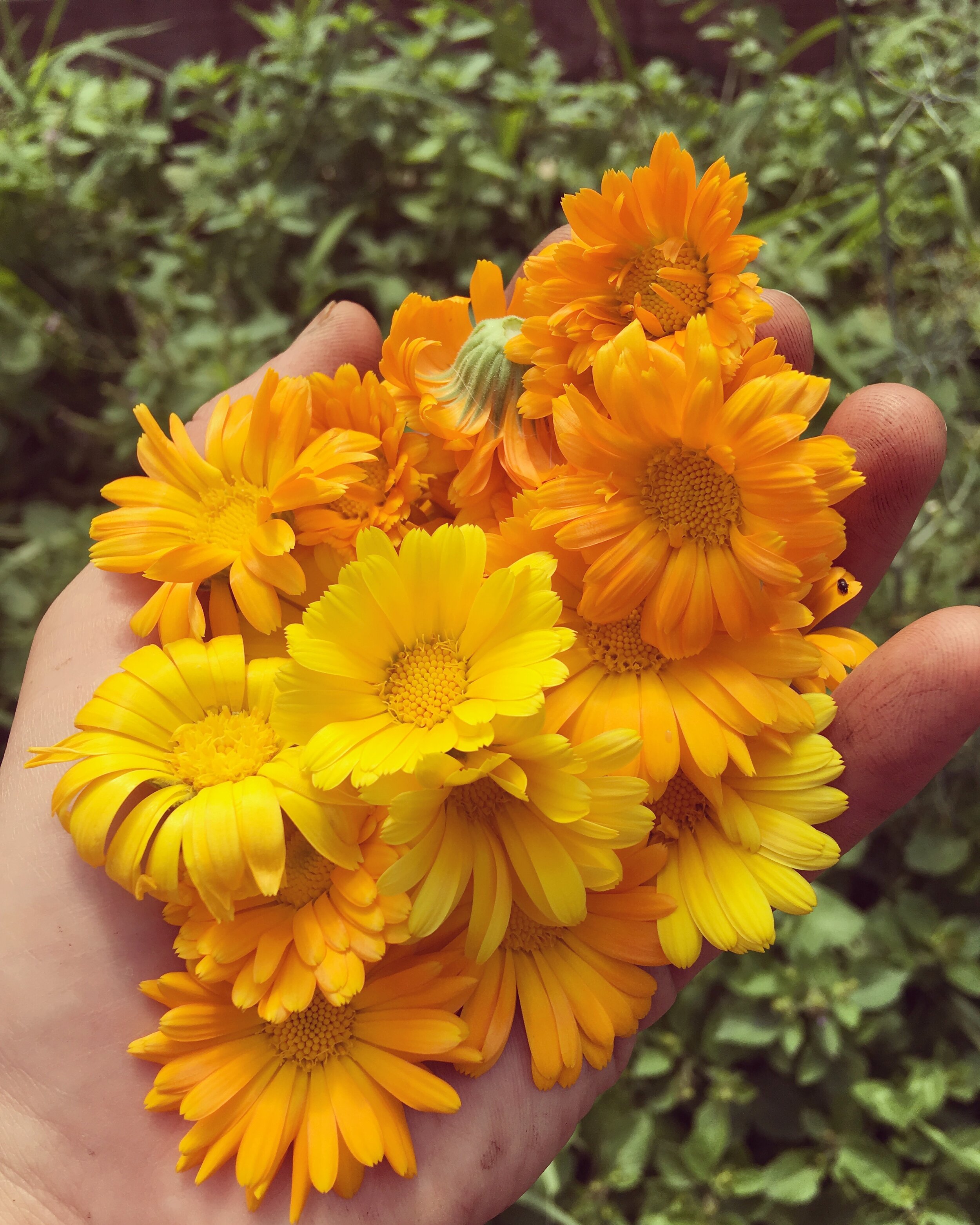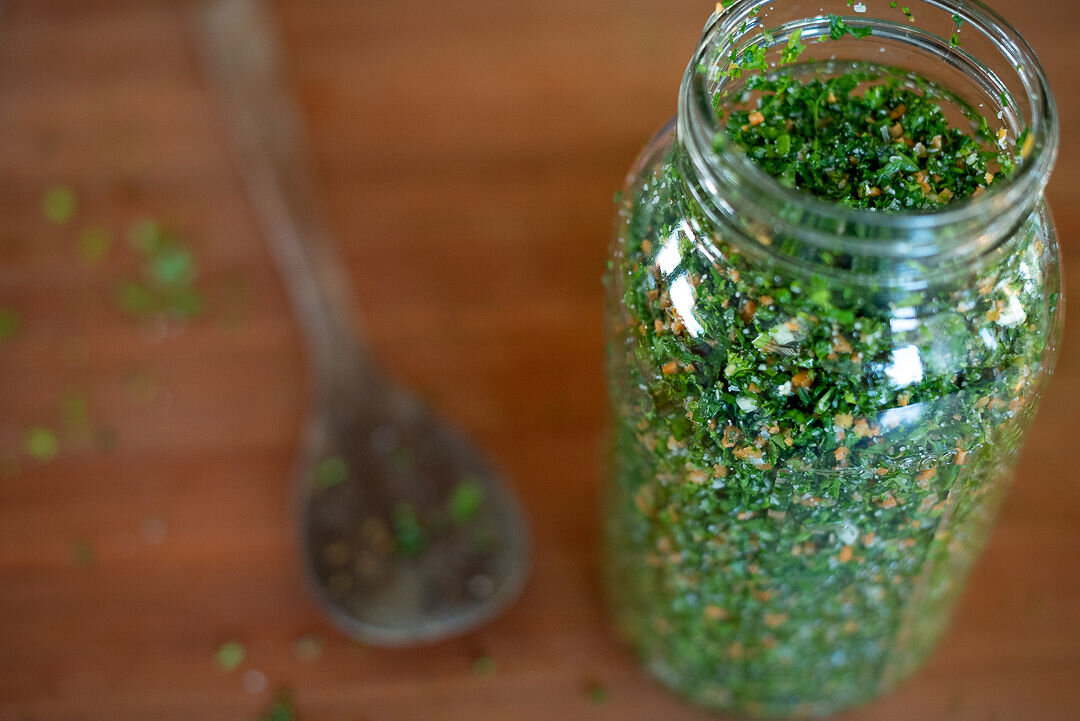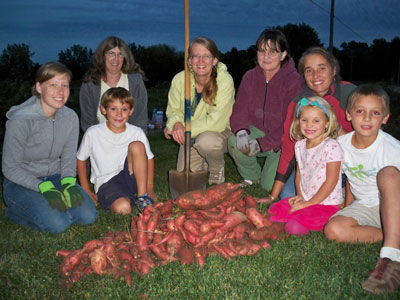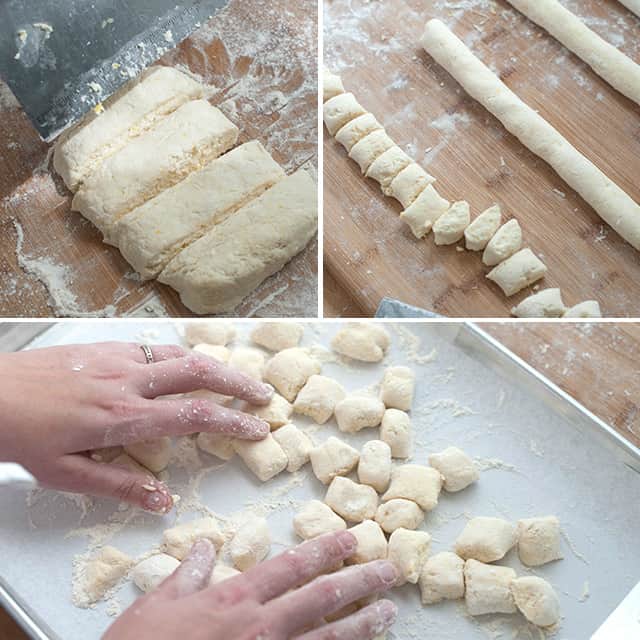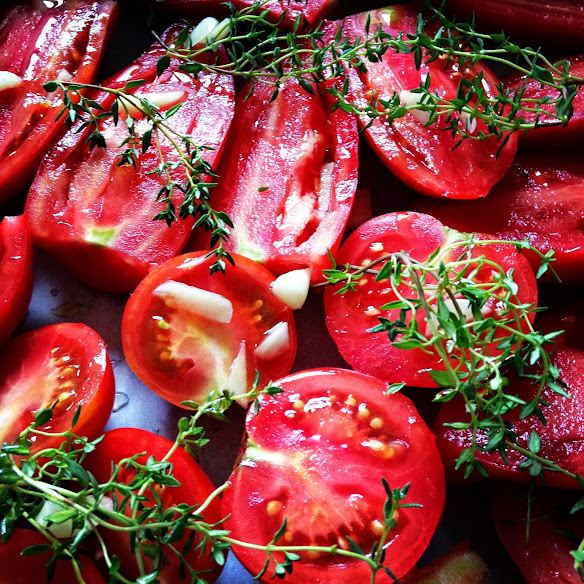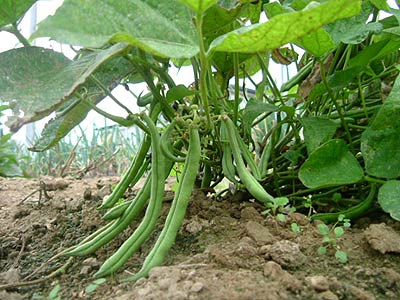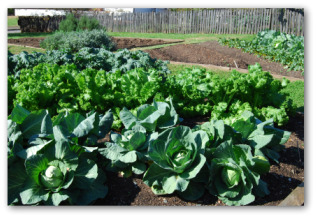Delicious baked goods from our very own Red Wagon Plants kitchen.
Seven Days wrote an article about our Bake Shop. It’s very sweet. You can read it here.
It's what your friend might serve you at their house, if that friend were an excellent cook.
Our Summer hours are Thursdays through Sundays 8am until 3pm or until we sell out.

Below you can find a sample summertime menu.
Savory
$7
SUN-DRIED TOMATO & HERB FOCACCIA
vegan
$7
$6
KIMCHI & CHEESE FOCACCIA
$6
$6
PINSA
vegan
$6
$5
BISCUIT
$5
Sweet
$5
SEASONAL PIE BAR
$5
$6
DARK CHOCOLATE SOURDOUGH
$6
$5
BISCUIT & JAM PINWHEEL
$5
$5
SCONE
$5
$5
ORANGE OLIVE OIL CAKE
no dairy ingredients
$5
$4
BROWNIE
no gluten ingredients
$4
$4
WALNUT & BUCKWHEAT FINANCIER
no gluten ingredients
$4
$3
BLUEBERRY JAM SNICKERDOODLE
$3
$3
BANANA CHOCOLATE CHIP COOKIE
$3
$3
PISTACHIO CARDAMOM COOKIE
no gluten or dairy ingredients
$3
DRINKS
$3
COFFEE
$3
$4
COLD BREW COFFEE
$4
$4
ICED HERBAL TEA
$4
$3
HERBAL TEA
lemon balm + mint blend w/ echinacea & yarrow
$3
$3
BLACK TEA
English breakfast
$3
$3
SAVOURÉ SELTZER
$3
$4
SAVOURÉ SODA
$4
DIPS ETC.
$3
STRAWBERRIES & CREAM
$3
$5
OLIVE, PICKLED PEPPER & CAPER DIP
$5
$5
WHITE BEAN ZA'ATAR DIP
$5
$7
CHIA, OAT & CHERRY-BERRY PARFAIT
vegan, no gluten ingredients
$7










